Your basket is empty
Already have an account? Log in to check out faster.
Already have an account? Log in to check out faster.

In the now extremely popular show, Yellowstone, about a ranching family in Montana, a famous scene entails Jack postponing his wedding with Elizabeth, his wife to be, with the phrase “Cattle first”. Jack, of course, devastates his bride by doing so. An older, wiser woman then consoles Elizabeth by saying "You have to want more than the boy, you have to want the life too, because in this life there's no debating which is more important— the wedding or the cattle. It's always the cattle."
Now, I have actually never watched an episode of this show, but this scene was described to be by someone who recently had. He was starry-eyed and loved the perception of a life where your work is so important that you delay your wedding and all aspects of your life are slave to your job. It seems sexy to the modern person for some reason. And perhaps that’s just because everyone in this show seems to be unreasonably attractive for people who sleep only a few hours a night. Or perhaps we all crave the feeling of being needed the way a herd of cattle need their cattleman. Yet I would declare that this mindset is a broken one.
Although in this particular instance I believe it was life or death for these cows
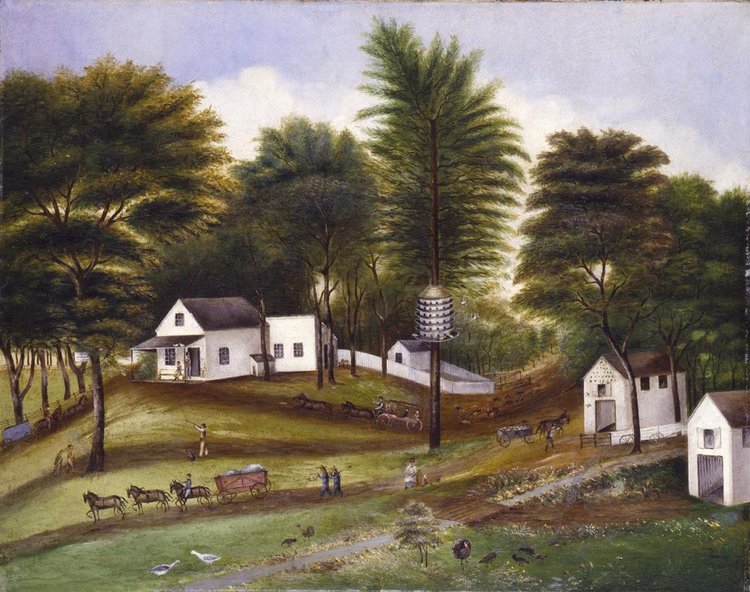
(common in brutal and brittle environments such as that of Montana, Idaho and the Dakotas), I would propose that these are often avoidable situations, but more importantly, that this mindset is the reason we are about to see many of the family-owned farms in this nation get lost to corporate conglomerates— because these farms are deeply unattractive to the upcoming generation.
The thing we don’t see in this scene is that Jack is going to put his livestock before his family on a daily basis. He will not have the energy to be a good and present father to his kids because he’s too busy putting “cattle first.” And, although this is presented as a historic norm for ranching families, I would say that the farmer/rancher who has no time for his family or personal life is a phenomena new to the commodity model of farming. Meaning, historically although farming never has and never will be an easy pursuit, it once involved a balanced family life where, the people came first.
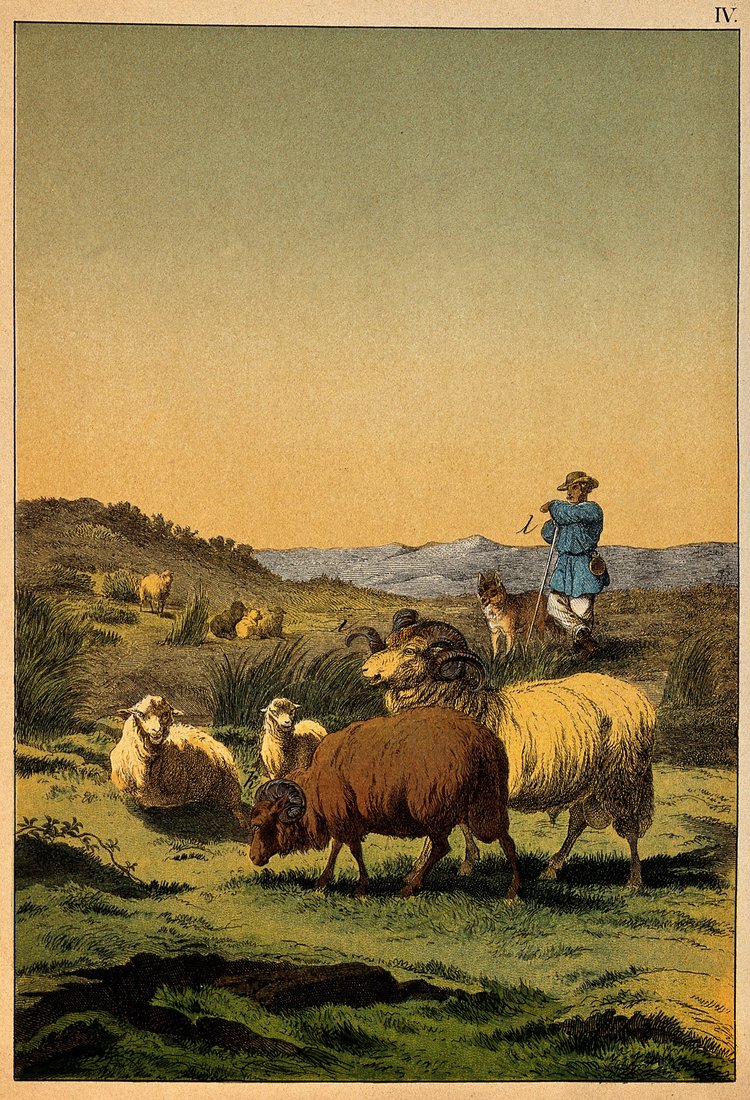
Farming without some stress is like expecting to parent and raise children without stress. Good luck. What I am more so speaking to is a shift in consciousness that had to take place as less farmers were tasked with feeding more people. In simple terms, as the responsibility of food production became increasingly consolidated to the few crazy enough to stay in the industry, the burden of more equipment, larger herds and plenty of debt pushed farmers to go from having a busy and purposeful life to one where they are an on-call slave to their business 24/7. All it took was three to four generations of this level of toil for it to become the expected norm and perceived as it always being so.
The modern ranch depicted in Yellowstone is a reflection of what selling into the commodity market for beef looks like. Razor thin margins, high stress situations and families who are commonly separated for long lengths of time while the cowboy father is out on the range, trying to turn a dime while dealing with constant droughts and other obstacles.
Farming in the lush and fertile land of the Northeast makes it hard to understand and conceptualize how farming in the west goes. In that region of the country, it is common to operate your cattle on public land through a grazing permit acquired through the state. Meaning your cows are far away from your home. In these arid climates a typically stocking rate is 40 acres per cow where ours is two acres per cow. This is predominately based on rainfall and fertility of our land.
This begs the question: Is this ranching model conducive to family farming? Traditionally, two kinds of people took part in this in-herding tradition for running cattle or other ruminants. One being someone who had chosen to participate in a life of solitude. The other, being the more common, as an initiatory phase for the young men of a people group or a culture.
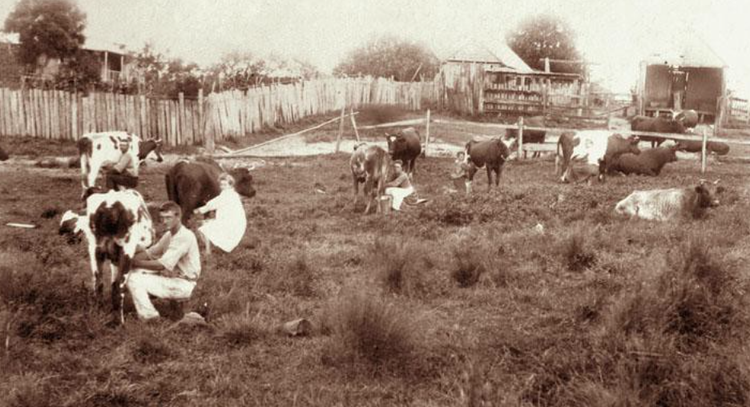
Whether you were young David in 1 Samuel or a cowpoke in early America, young men before they were ready to marry and start families would often serve as cowboys or shepherds by living and caring for a group of animals on the range. An extremely formative and truly challenging experience before entering manhood.
Once this phase concluded, men typically transitioned to farm lives that enabled them to be close to their family. Vocations included grain farming, orcharding, or dairying (all the while keeping their favorite meat animals around). I think this reflects the people-first-ness of the way farmers have traditionally chosen what to raise and how. You were expected to conform your farming around your family; not conform your family around your farm.
The family farm we all long for made a living by functionally homesteading while choosing something to produce in excess. Maybe they milked six cows instead of one, planted a large field of wheat every year to sell at the market or planted an orchard far too large just to consume themselves. It’s hard to imagine farming like that now with mortgages, fuel costs, and the plethora of other expenses that it takes in order to raise animals in the 21st century.
My grandfather, for example, grew up milking 12 Jersey cows by hand. His family of eight lived exclusively off of the sandy soiled farm he grew up on in Chippewa Falls, Wisconsin. They didn’t have much, but it was enough.
There is, however, an elephant in the room as to why families have to live exhausting lives to get by in the cow/calf industry in the west. Why dairy farmers must be milking at least 1,000 cows to make ends meet and why chicken houses with 10,000 birds in it are what it takes to simply stay in the game, let alone make money. That is the cheap price of food.
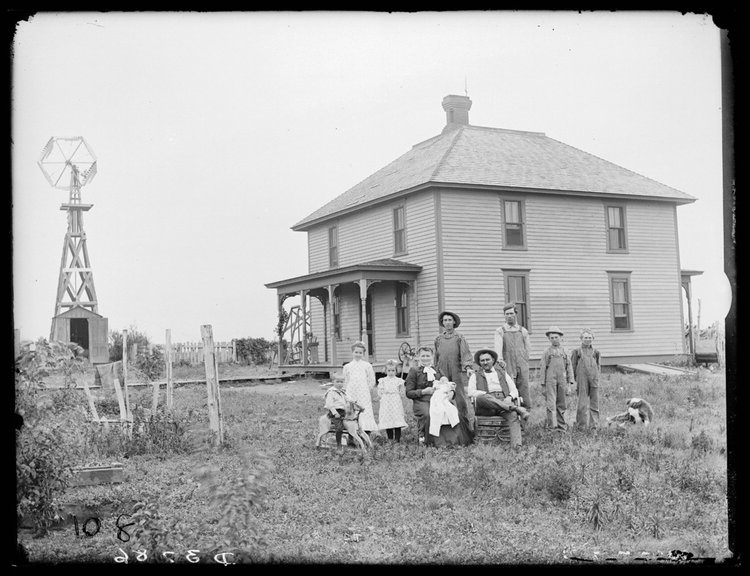
Knowing what I know about how much it costs us to raise a cow, to grow pigs to market weight, and to milk our family cow, when I see a pork roast on sale for a dollar a pound or a carton of eggs for two dollars (although that may be a thing of the past), I think, “How is this ‘normal’?”. We, as a culture, have sacrificed quality for quantity and the bearers of the burden are those who must produce volume at all costs.
Why must Jack put cattle first? Because in order to care for his family and keep his farm, he has no choice. We now work for our animals, where we used to have animals who worked for us. It was a relationship that was both reciprocal and healthful for all parties. Never perfect, never easy, but it worked. The majority of farming families in this country will not have an heir, and will age out within the next twenty years. This isn’t working.
Farming depends on people. And good farming at scale depends on a lot of people. We used to put people first in farming because we needed them. Now, we have replaced the family with oil, man-power with steel, and productive households with petroleum and petrochemicals.
We think we don’t need people anymore, because we have all these advantages of modern life. Therefore, people don’t stay in food production because why would they devote their whole lives to an industry that doesn’t care about them? The way to get people back on the land is by putting them first, through fair pricing of products and local economies, where food has a face and a name.
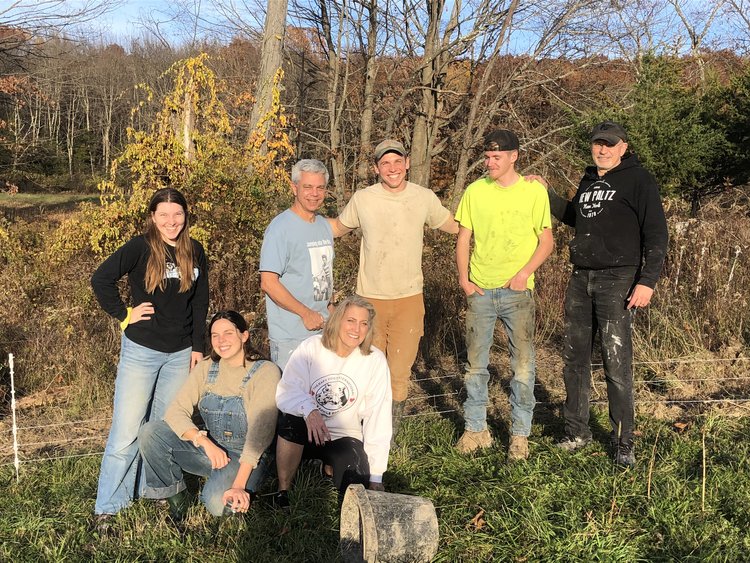
The modern-day family farm. Just a fraction of the people that have helped us to make this place what it is.
If you ever have any questions, want to chat, or are interested in seeing our operation first hand, please don’t hesitate to give us a call or drop us an email!
Bennett & the Northaven Pastures team